22 Simple Hacks for a Spotless, Shining Home
Here are 22 secret tips and hacks to keep your home shining and impeccably clean.
These insider strategies are designed to simplify your cleaning routine while enhancing efficiency.
From quick fixes to deep cleaning methods, every tip helps you maintain a pristine living environment.
Artwork Care to Reveal Its Beauty
Cleaning delicate artworks like oil paintings and watercolors requires a gentle approach to preserve their integrity.
Surprisingly, a common kitchen item, the bagel, can be used effectively for this purpose.
After removing loose dust with a soft-bristled brush, gently pat the artwork with the inside of a halved bagel to lift dust and grime without damage.
Always patch-test this method on a small area first and consult an expert if unsure about the artwork's care.
Fast Toilet Shine for Guests
When you need a sparkling clean toilet quickly before guests arrive, here’s a simple method:
- Mix 1/4 cup of baking soda with 1 cup of white vinegar in a spray bottle and shake well.
- Spray the solution inside the toilet bowl, covering all surfaces including under the rim, and let it sit for 15 minutes to dissolve grime.
- Scrub the bowl thoroughly with a toilet brush, focusing on any tough stains, then flush multiple times to rinse.
- For a fresh scent, add a few drops of essential oil like lemon or tea tree to the brush and give it one final scrub.
Eliminate Dish Scratches
White dishes often become scratched and scuffed over time, diminishing their appearance.
Bar Keeper's Friend scouring powder is an effective solution to restore their original beauty.
This popular cleaning product can easily erase signs of wear and tear with just a gentle scrub.
By using it, you can say goodbye to unsightly scratches and rejuvenate the elegance of your tableware.
Revitalize Your Microfiber Couch
Microfiber furniture combines comfort and style but can look dull over time due to dust and wear.
To revive its appearance, use a simple combination of rubbing alcohol and a scrub brush, a popular method for maintaining microfiber's beauty.
This gentle cleaning approach lifts dirt without damaging the fabric or leaving residues, rejuvenating your upholstery with minimal effort.
Whether maintaining current furniture or revitalizing an older piece, this cleaning hack effectively restores the charm of microfiber furniture.
Optimize Your Bathroom Exhaust Fan
A clogged bathroom exhaust fan reduces its effectiveness in removing moisture and odors and can detract from the look of your space.
Using canned air provides a quick and efficient cleaning solution.
Simply turn on the fan and use short bursts of canned air to dislodge accumulated dust, which the fan then expels outside.
This method also works well for cleaning the return air grilles of central heating and cooling systems.
Enhance Your Toilet’s Flush Power
Dealing with a sluggish toilet often stems from mineral deposits clogging the rinse holes under the rim.
To tackle this, you'll need a hand mirror to inspect the holes closely, possibly requiring you to kneel for a better view.
Use a coat hanger straightened into a flat tool, smoothed of sharp edges, to gently probe and clear each rinse hole, being careful not to scratch the porcelain.
This straightforward method effectively removes mineral buildup, enhancing your toilet's flushing efficiency without the need for a plumber.
Microwave Cleaning Simplified
To clean your microwave effectively, start by filling a microwave-safe bowl with two cups of water and adding two tablespoons of vinegar.
You can also add a few drops of essential oil to mask the vinegar smell.
Place a toothpick or wooden skewer in the bowl to prevent the water from boiling over.
Heat the mixture in the microwave on high for 5 minutes; the steam will help loosen any stuck-on food and grime.
Leave the bowl inside for a few more minutes after heating to allow the steam to work further.
Then, carefully remove the bowl, and use a damp sponge or cloth to wipe down the microwave's interior, tackling any stubborn spots with a gentle scrub.
Homemade Linen Spray with Rubbing Alcohol
To create a delightful DIY linen spray, start by mixing 30 drops of your preferred essential oils, like lemon and lavender, with 3 oz.
of rubbing alcohol in a bowl.
Ensure the oils are well integrated by stirring thoroughly.
Then, add 1.5 cups of distilled water and stir again.
Pour the mixture into a spray bottle using a funnel.
This homemade spray is cost-effective and imparts a heavenly scent to your linens and towels, rivaling store-bought versions.
Erase Sink Stains
Hard water stains around your sink can be effectively removed with simple household ingredients.
Here's a quick method:
- Make the Cleaning Paste: Mix 1/4 cup of liquid dish soap (Dawn recommended), 1/2 cup baking soda, and 1 cup Epsom salt in a bowl to create a paste.
- Apply and Scrub: Using a scrub brush, apply the paste to the stained areas of your sink.
Scrub gently in circular motions, focusing on areas with heavy buildup.
- Rinse and Repeat if Necessary: After scrubbing, rinse the sink thoroughly.
For persistent stains, apply more paste and scrub again.
This homemade paste removes hard water stains effectively, restoring your sink's shine without harsh chemicals or expensive products.
Mold Removal Made Easy
Removing mold and mildew from the corners of an older tub can be simple with the right approach.
Purchase a bleaching gel designed for use in toilets or tubs, ensuring it's safe for your tub’s surface.
Apply the gel directly to mold-prone areas, such as corners and cracks, and let it sit as directed on the package, usually just a few minutes.
Rinse thoroughly afterward, and you'll find the mold has been effectively removed without strenuous scrubbing.
To keep your bathroom mold-free, ensure it is well-ventilated to prevent future growth.
Remove Water Stains from Wood
Accidental water stains on wood furniture can be distressing, but a simple item from your bathroom, like non-gel toothpaste, can clear them up.
To use it, apply a pea-sized amount of white toothpaste directly onto the stain.
With a soft cloth or sponge, gently rub the toothpaste over the stain in circular motions for a couple of minutes until the stain fades.
Afterward, wipe the area with a damp cloth to remove any toothpaste residue and dry it with a clean cloth.
This method is effective due to toothpaste’s mild abrasives, which lift the stains without damaging the wood.
Always test on a small, hidden area first to ensure it doesn’t discolor the wood.
Nonstick Pan Cleaning Tips
Maintaining your nonstick pans is crucial for their performance and longevity.
Start by gently scrubbing the pan with a soft sponge or cloth and mild dish soap to remove food and grease, avoiding abrasive materials that can scratch the coating.
For stubborn stains, boil water and dish soap in the pan, then use a plastic spatula to loosen any stuck-on food.
If residues persist, apply a paste of baking soda and water and gently scrub.
Alternatively, use a commercial nonstick pan cleaner following the product's instructions.
Ensure to rinse thoroughly after cleaning.
If your pan is dishwasher safe, you can also opt for a machine wash.
DIY Stainless Steel Cleaner & Polish
To effectively and economically clean and polish your stainless steel appliances, create a DIY Stainless Steel Cleaner & Polish with these ingredients:
- 1/4 cup of coconut cooking oil
- 3/4 cup of distilled water
- 1 tsp of Thieves Household Cleaner Concentrate Mix these ingredients in a measuring cup and transfer the mixture to a glass or metal spray bottle.
To use, spray a small amount onto a soft microfiber cloth and gently wipe your appliances along the grain to remove dirt, grime, and fingerprints, leaving them shiny and clean.
Refresh Your Sponges with Vinegar
Sponges in the kitchen can quickly become breeding grounds for bacteria.
To keep them clean, soak your sponge in a bowl of vinegar for a few minutes; vinegar's acidic properties will kill bacteria and germs.
After soaking, squeeze the excess vinegar out and allow the sponge to air dry completely in a well-ventilated area or on a sponge holder.
For deeper cleaning, add baking soda to the vinegar or microwave the damp sponge for 1-2 minutes to eliminate any lingering germs.
Remember to replace your sponges every 2-3 weeks to ensure they remain effective and hygienic.
Close the Countertop Gap
Use clear plastic tubing to effectively block crumbs, papers, and flatware from falling into that space.
This tubing, available in various widths starting from 1/8 inch, is nearly invisible and blends seamlessly with your kitchen decor, making it a practical solution found at most home centers and hardware stores.
Not only will it streamline your cleaning process, but it will also keep your kitchen looking its best.
Effective Steam Cleaning
Steam cleaning stands out as a formidable method for tackling dirt, grime, and germs on various surfaces, including tile and laminate.
It's essential to check manufacturer's recommendations before using steam on sensitive materials like vinyl flooring.
With appropriate attachments, a steam cleaner can also handle tough jobs like cleaning ovens and stovetops.
Natural Wood Polish DIY
Create a natural and effective wood polisher with just lemon juice and olive oil.
Mix 1 part lemon juice with 2 parts olive oil in a bowl; the lemon cleans and brightens, while the olive oil nourishes and shines.
Apply the mixture with a soft cloth using gentle circular motions, let it penetrate for a few minutes, then wipe off any excess with a clean cloth.
This DIY polish not only enhances the luster of your wood but also protects it.
Homemade Aluminum Foil Scrubber
Skip the expensive scrubbers and make your own with aluminum foil.
Simply crumple a sheet of foil into a ball, coat it with a bit of soap, and use it to scrub away grime and food residue.
The abrasive texture of the aluminum foil efficiently cleans the dish, making this DIY scrubber an affordable and eco-friendly cleaning solution.
Denture Tablets for a Clean Sink
If you're facing stubborn buildup and unsightly rings around your sink drain, consider using denture tablets for an easy and effective clean.
Start by filling your sink with hot water to cover the stained area, then drop in one or two denture tablets and let them dissolve to create an effervescent solution.
Allow this to work for about 15 minutes, during which the solution will foam and tackle the grime.
Afterward, drain the sink, rinse thoroughly, and wipe any remaining spots with a paper towel or soft cloth, being careful not to scratch your sink's surface.
Denture tablets contain cleaning agents like citric acid and sodium bicarbonate, which break down stains and grime through their fizzing action, leaving your sink sparkling clean.
Lemon Fresh Garbage Disposal
To naturally clean and deodorize your garbage disposal, use lemons for their citric acid, which effectively eliminates bacteria and odors.
Simply cut several lemons into small slices or wedges, turn on the disposal, and drop the slices down the drain.
Allow the disposal to run for a few seconds to break down the lemons and release their juice.
Afterward, turn off the disposal and run cold water to flush away any remnants.
This easy cleaning hack not only disinfects but also leaves a refreshing citrus scent in your kitchen.
Repeat regularly to maintain freshness.
Remove Tough Pan Buildup
Cooking delicious meals can lead to tough food and grease buildup on your pans, but there are effective cleaning methods to restore them:
- Boiling Method: Fill the pan with water, add a bit of dish soap, and bring to a boil.
Simmer for a few minutes to loosen buildup, then scrub with a brush or scouring pad, rinse, and dry.
- Baking Soda Paste: Mix baking soda with water to make a paste.
Apply it to the pan, scrub with a brush or pad, rinse, and dry thoroughly.
- Commercial Cleaner: For severe grime, use a commercial cleaner designed for tough buildup, following the label's instructions carefully.
Prevent future buildup by cooking at appropriate temperatures, stirring food regularly, and considering non-stick pans.
Regular cleaning can prevent stains from becoming permanent.
Shine Your Dishwasher Vents
Cleaning the air vents in your ceiling and floor dishwashers is often overlooked but is simple to accomplish.
Start by removing the vents with a screwdriver, ensuring they are metal as this method is intended for metal vents only.
You can either wash the vents in the dishwasher without soap through a regular cycle or manually scrub them using a soft bristle brush with mild dish soap and warm water, then rinse and air dry.
Regular dusting throughout the year can keep them clean, improving air quality and dishwasher efficiency, which is particularly beneficial for allergy sufferers.

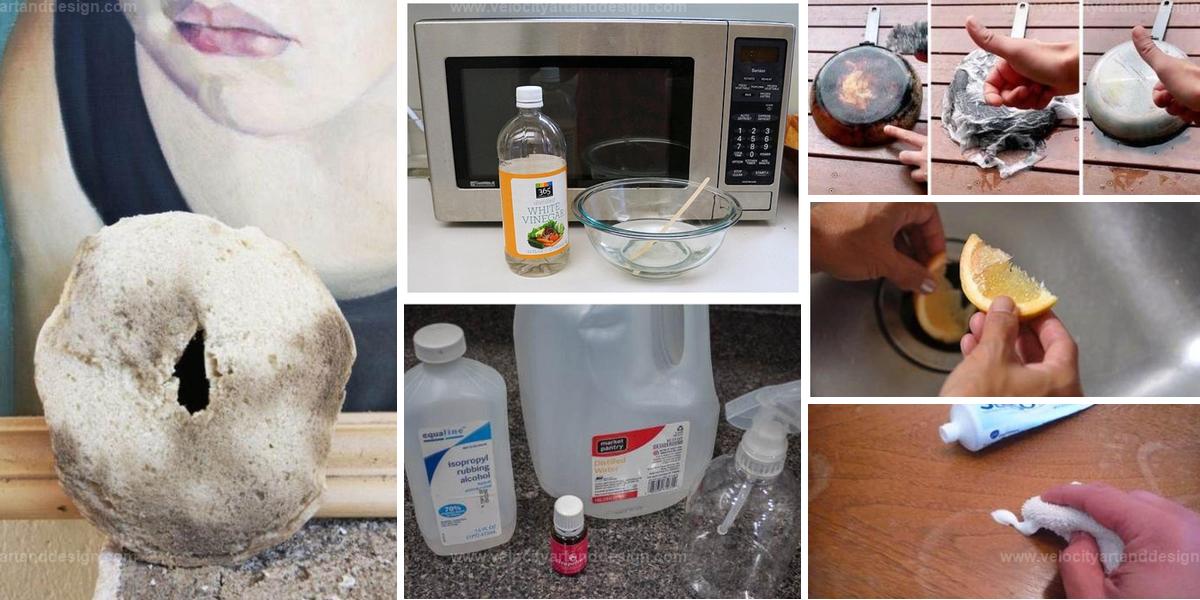
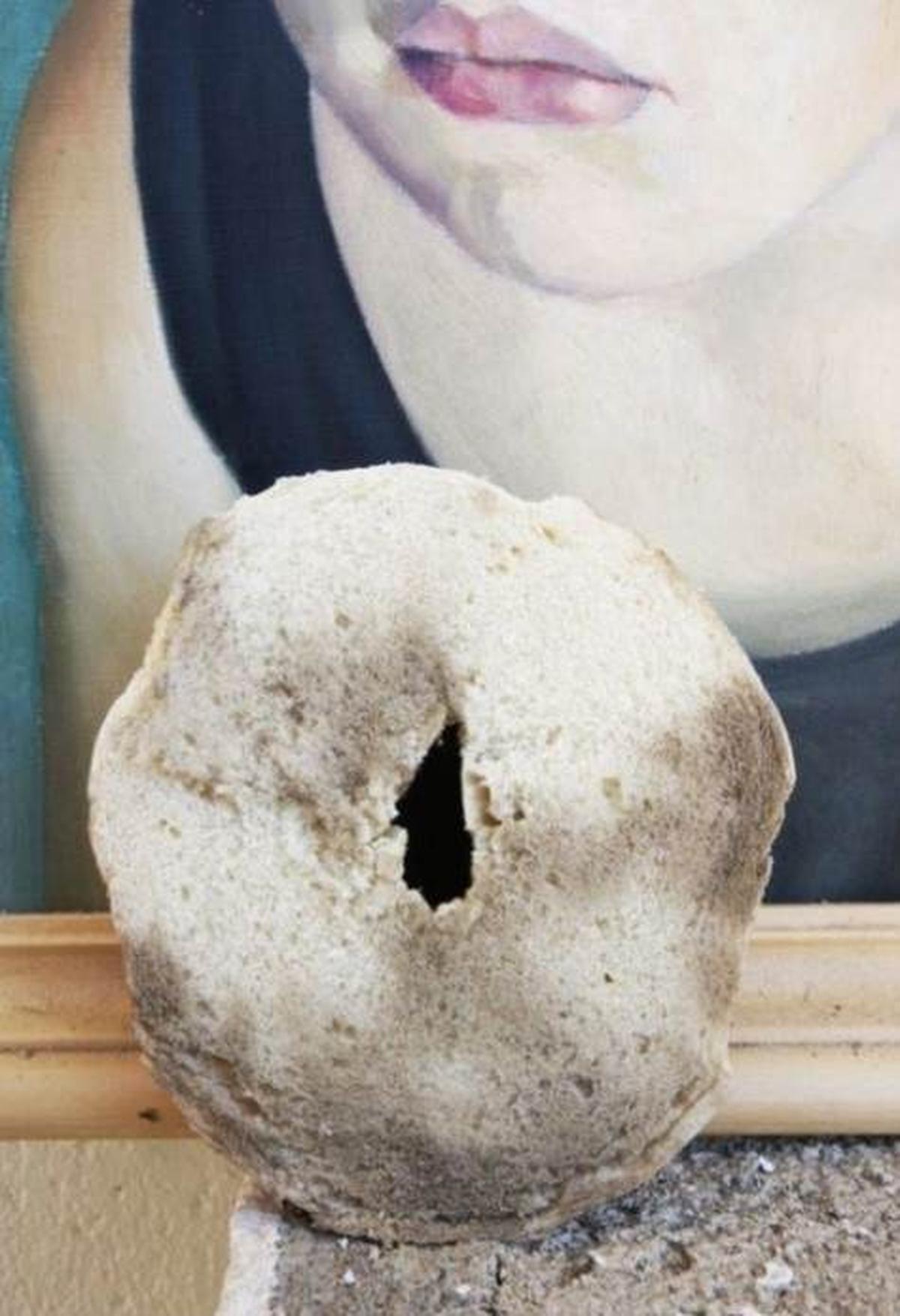
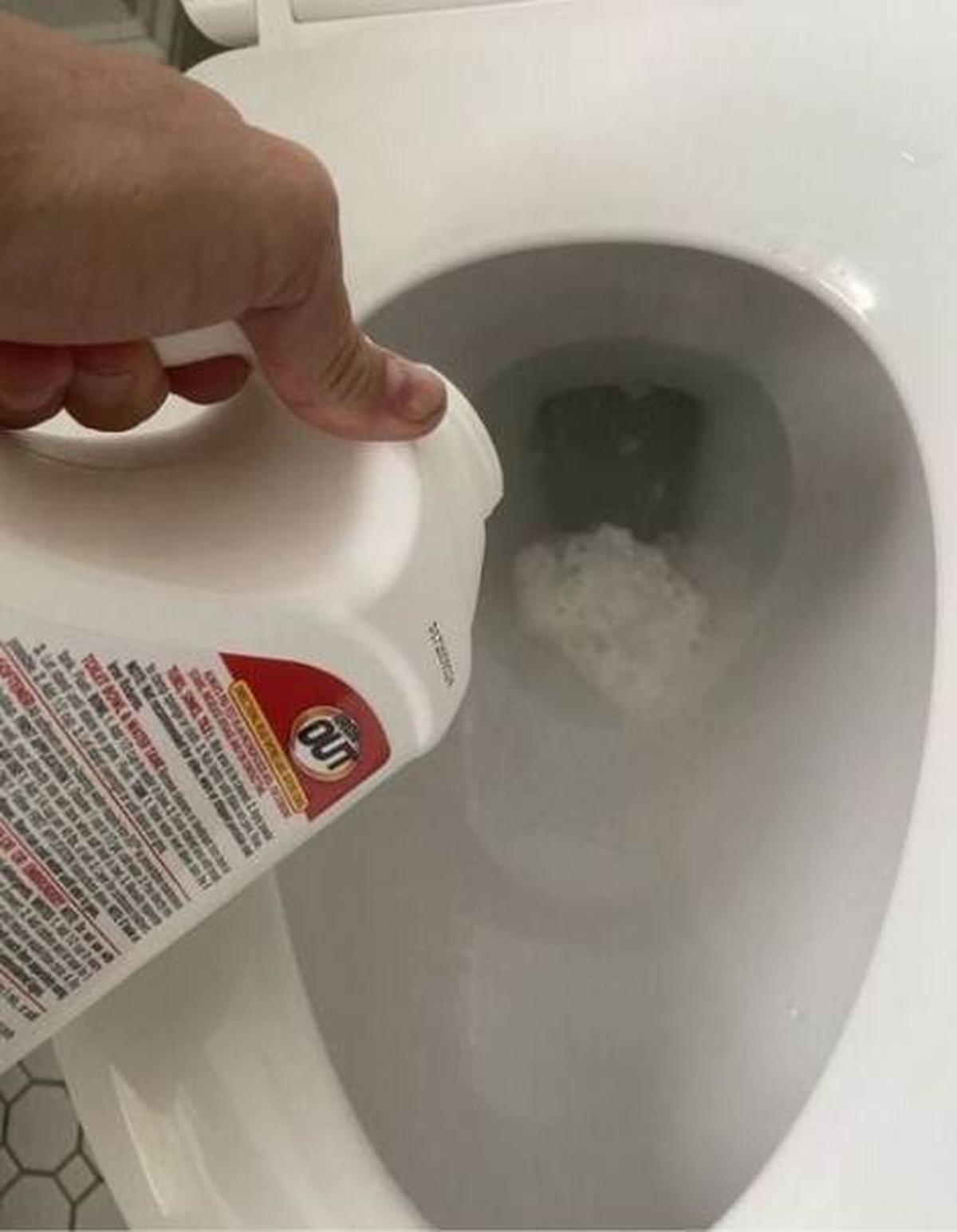
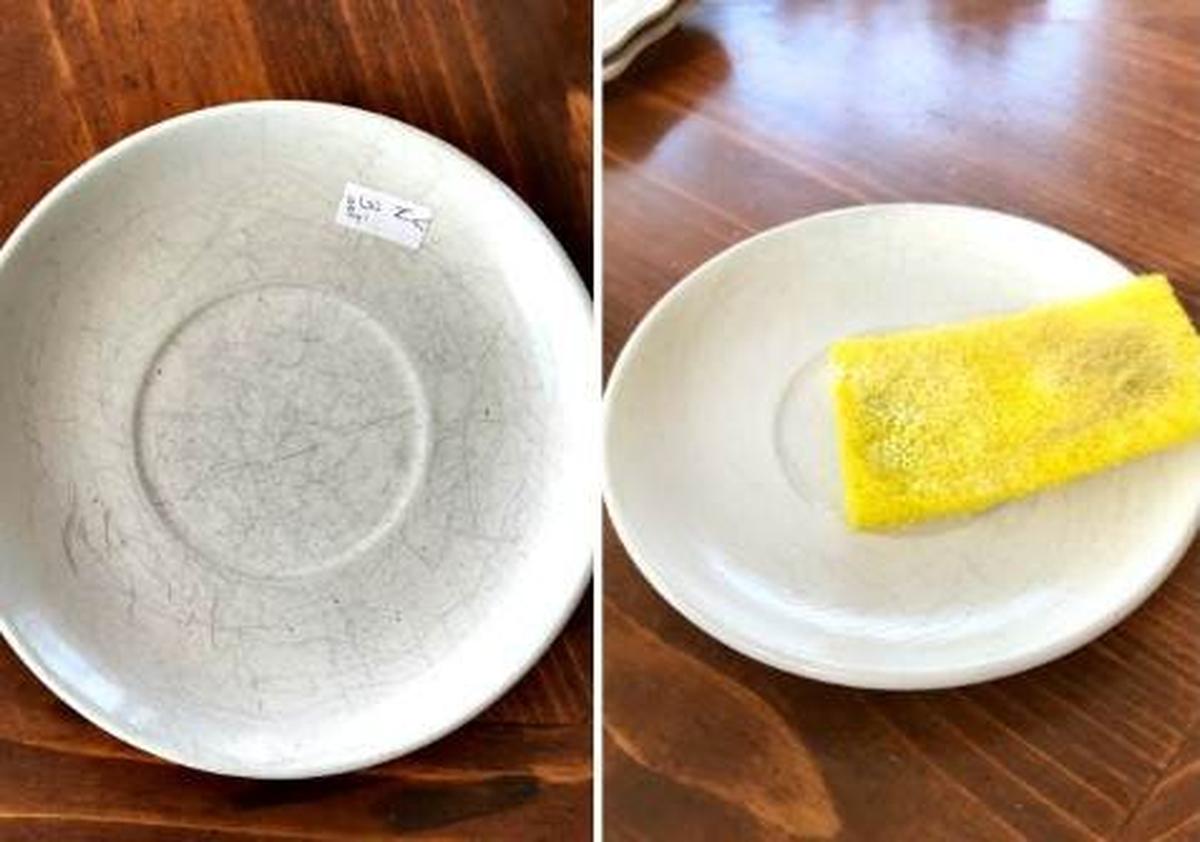
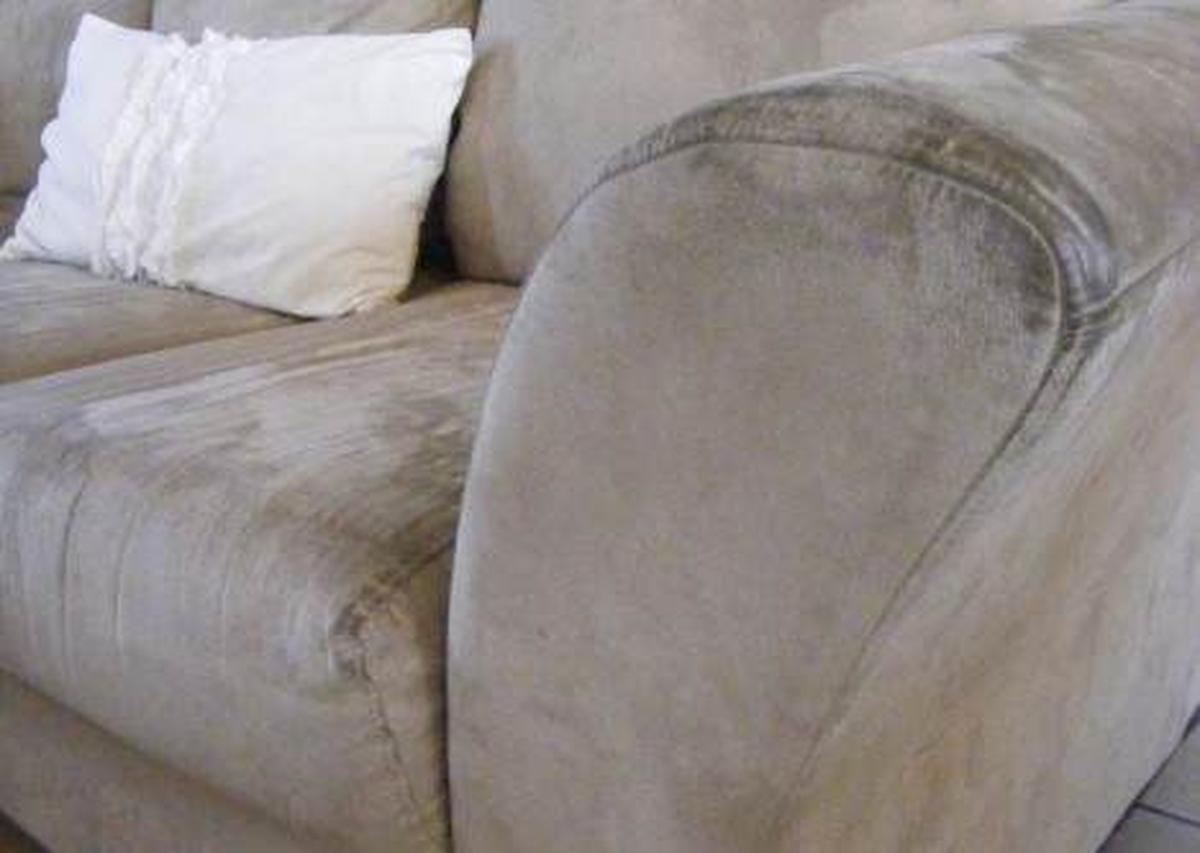
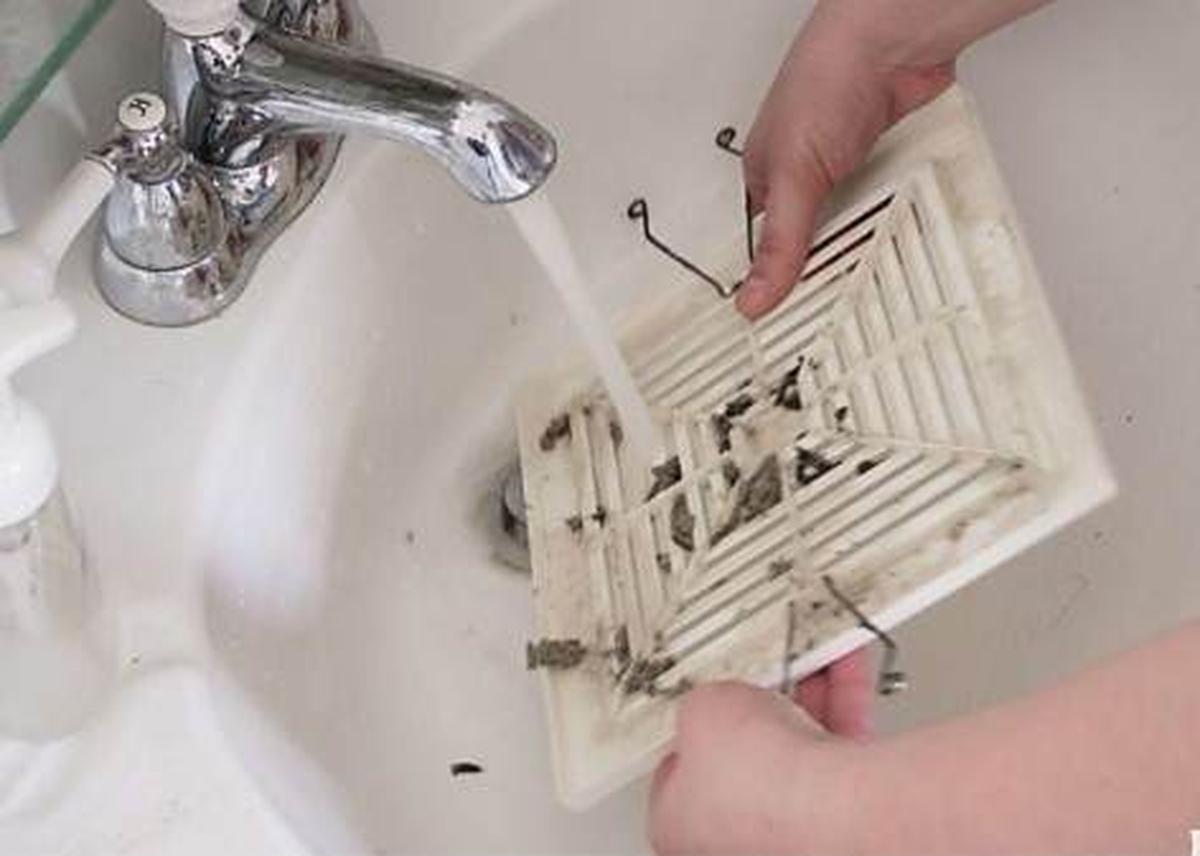
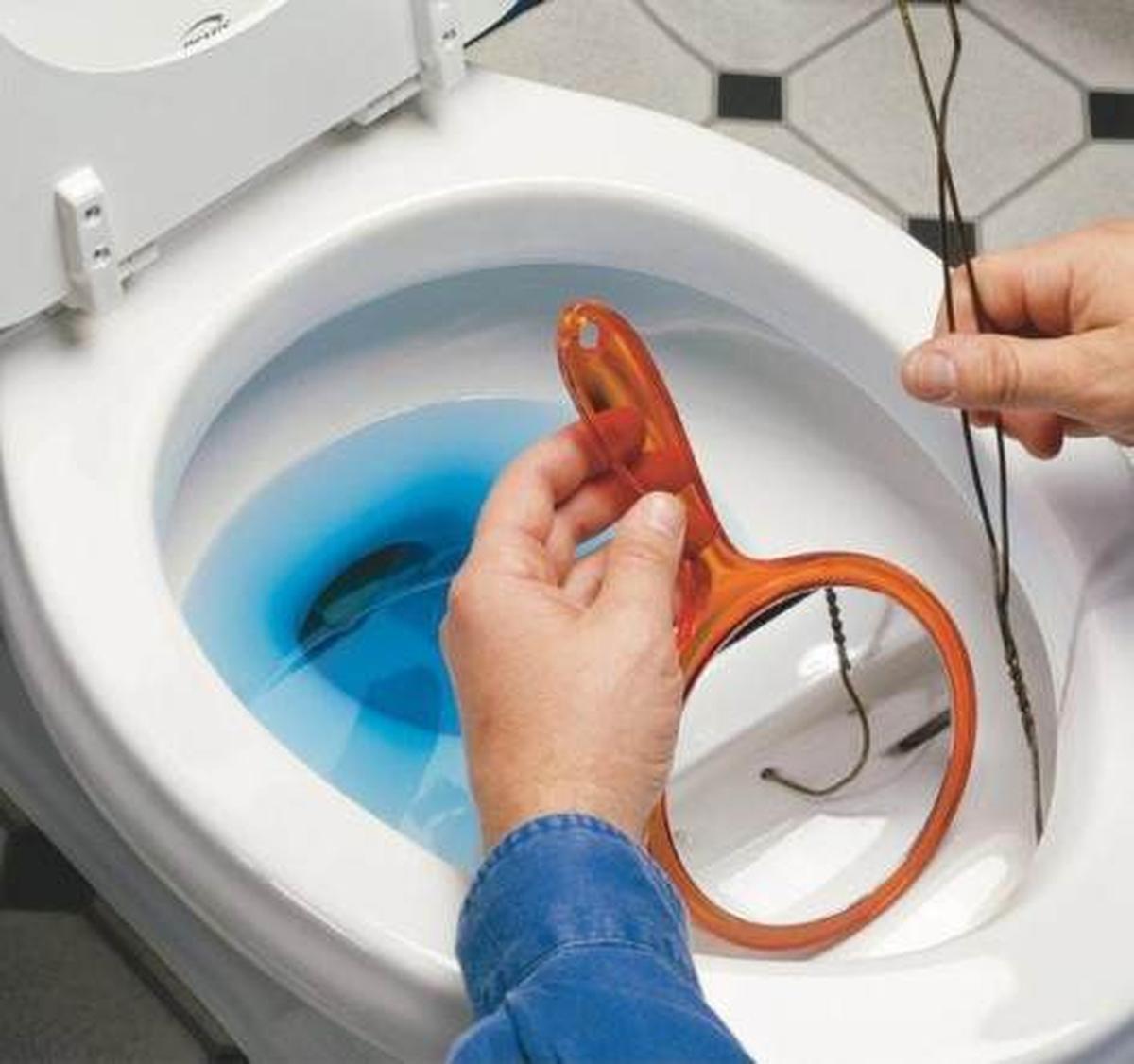
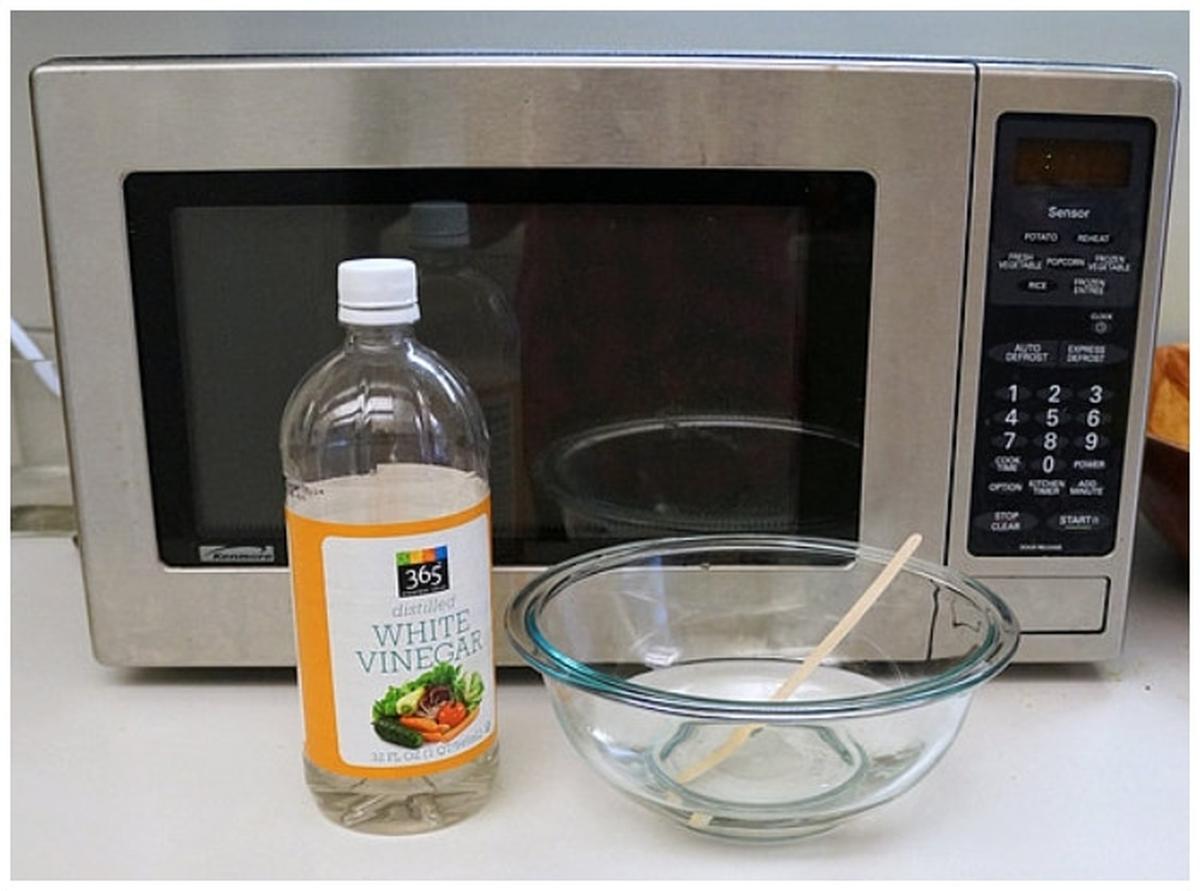
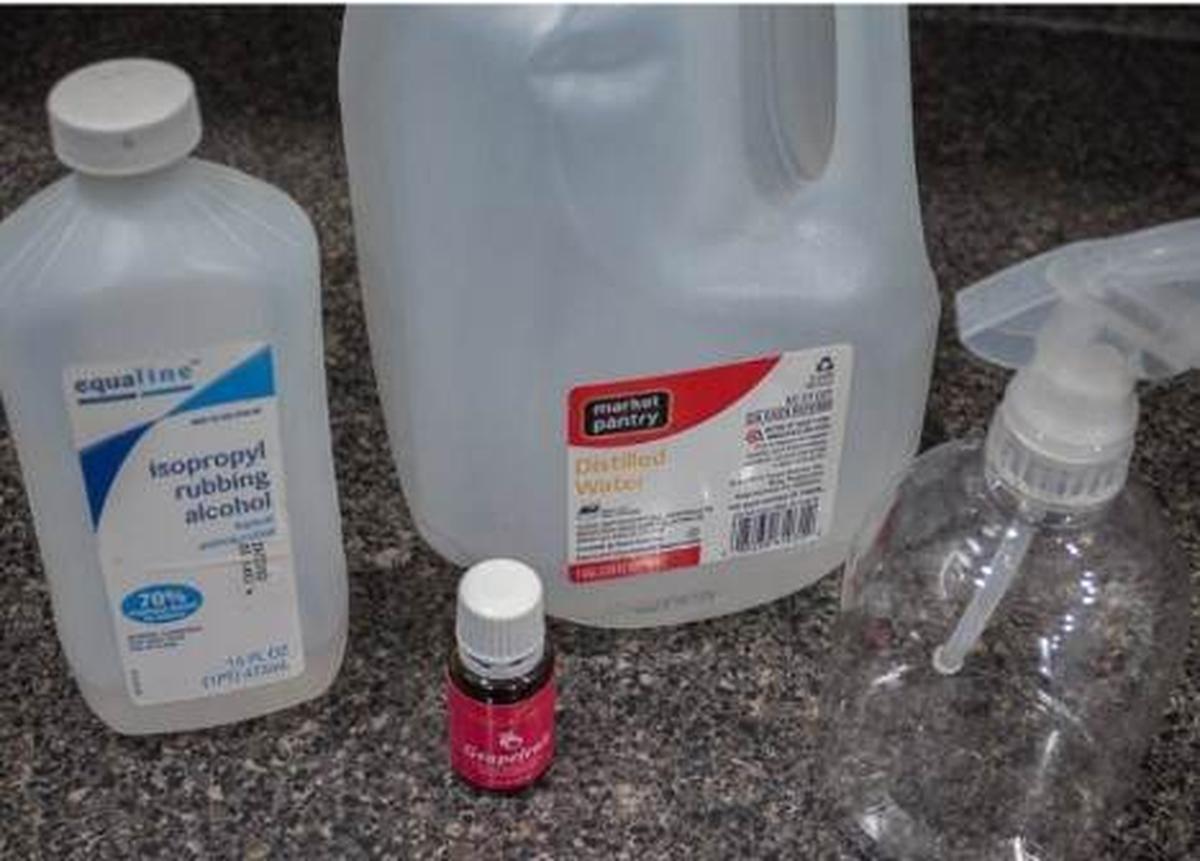
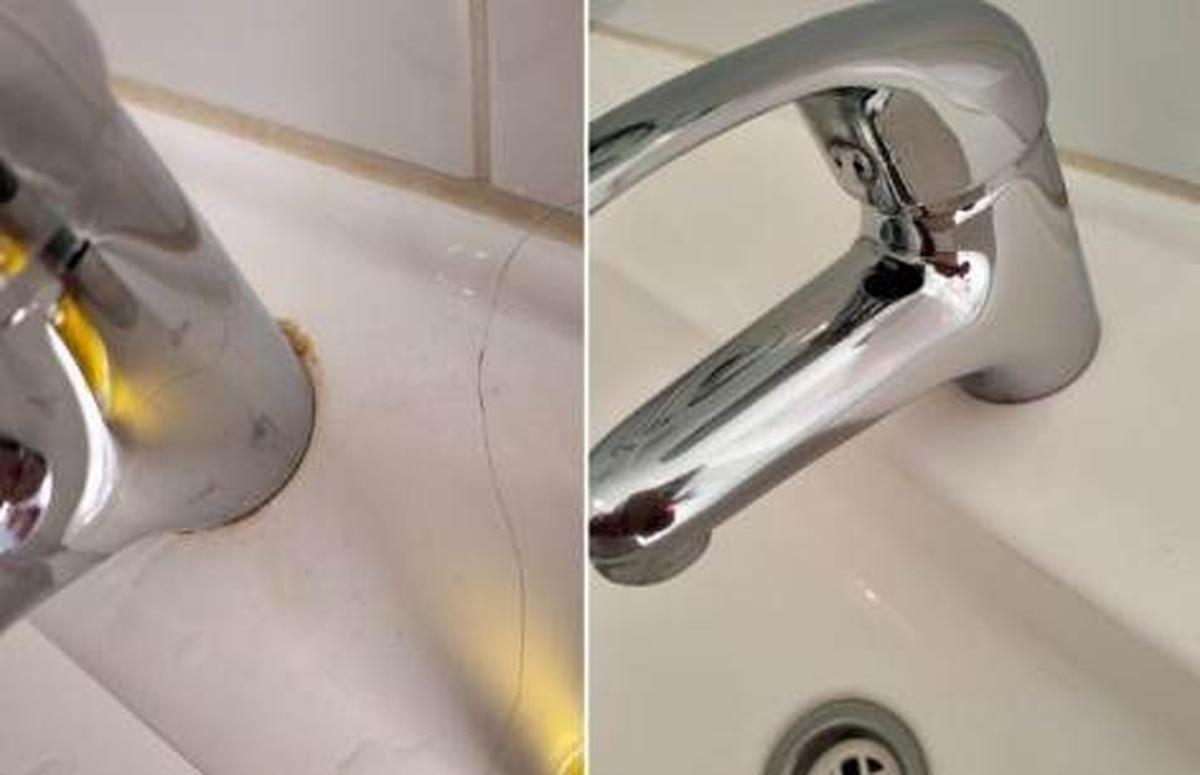
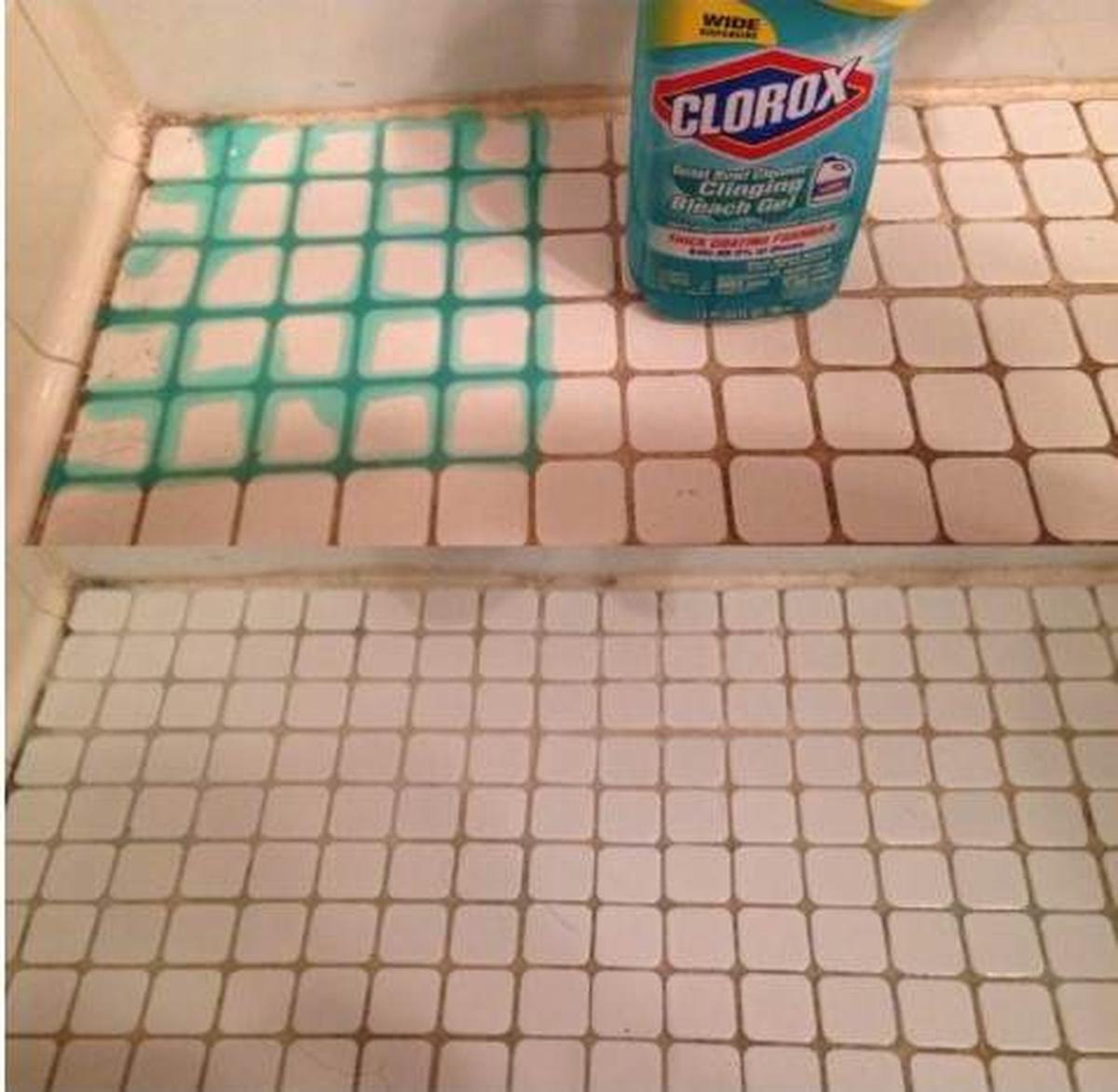
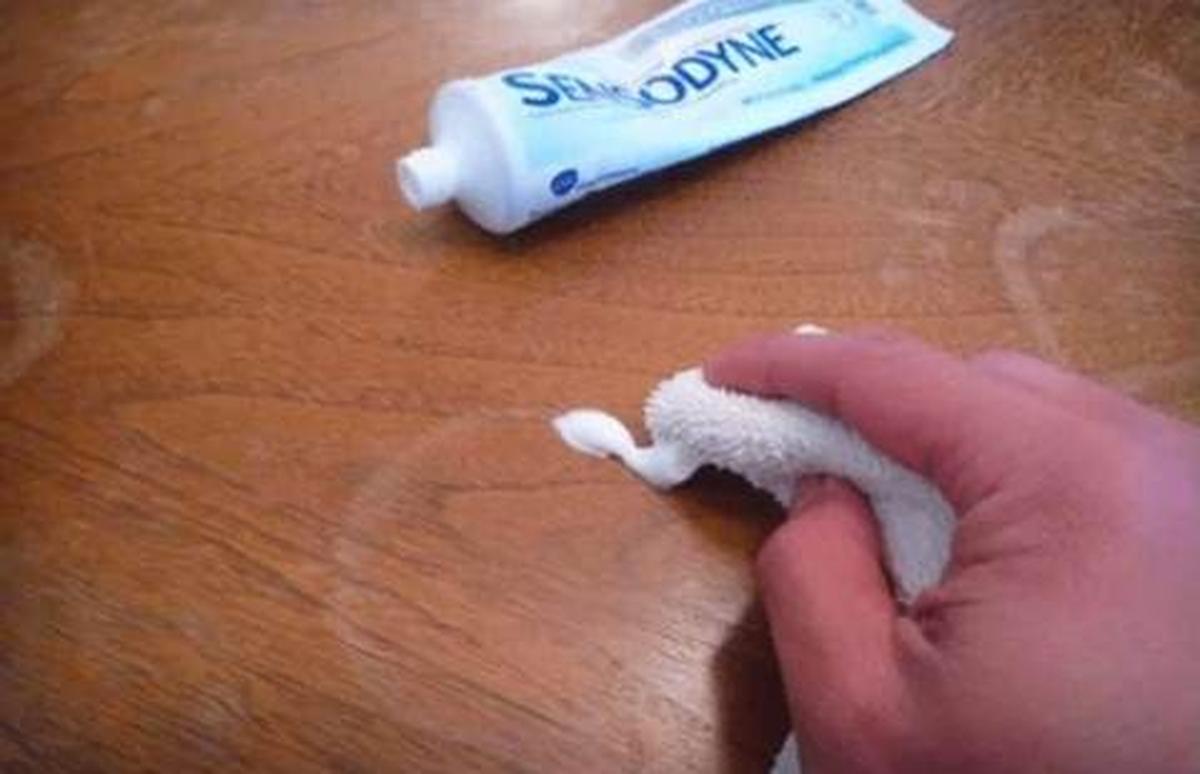
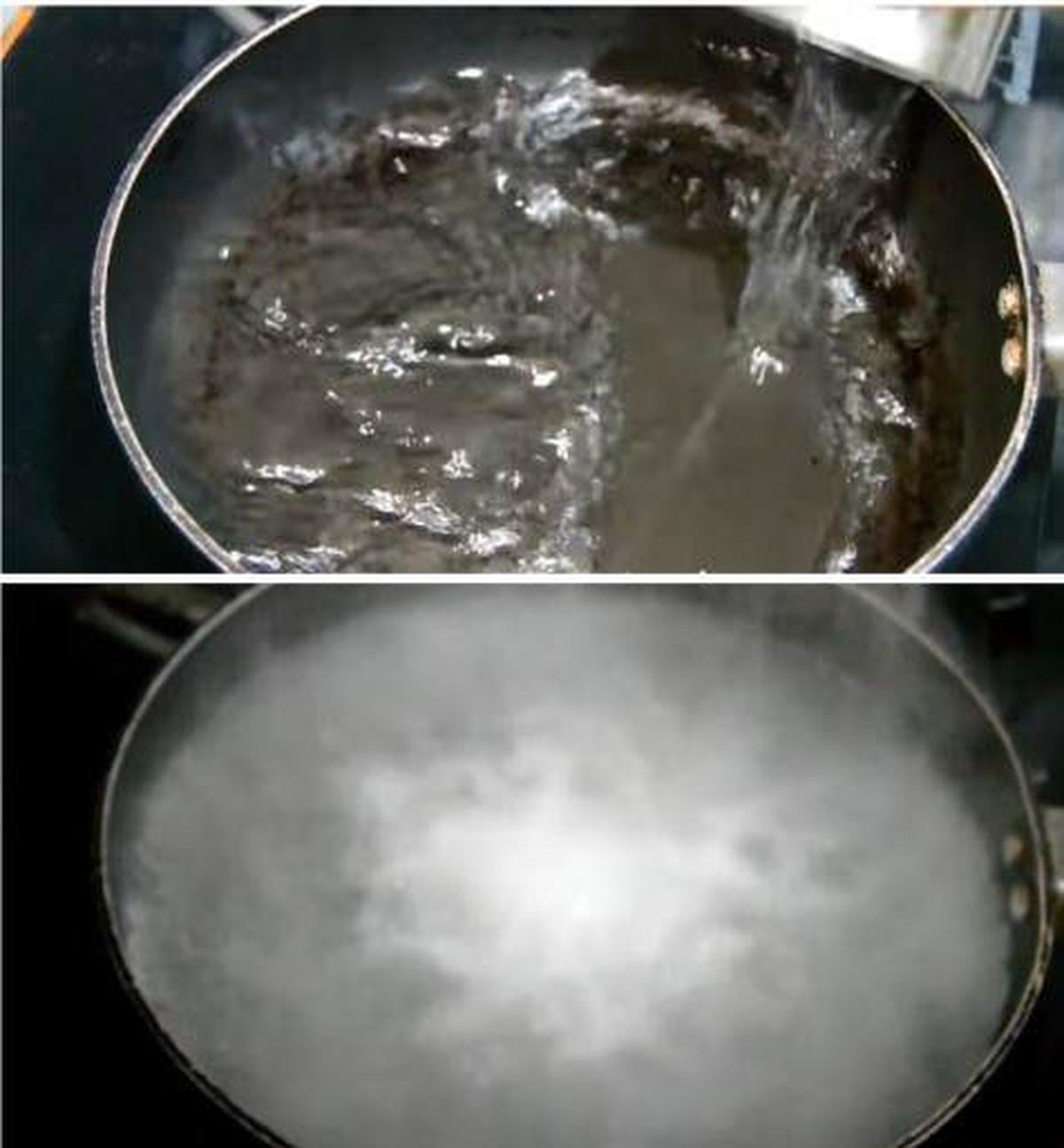
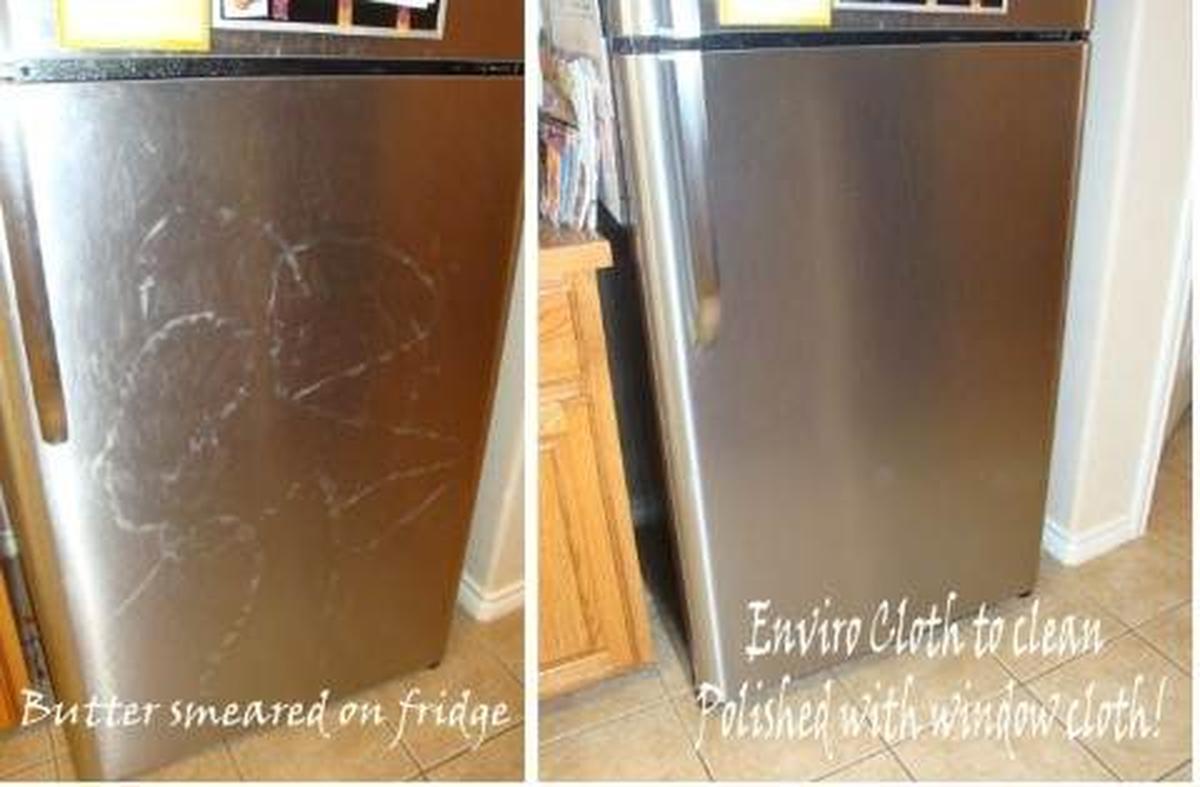
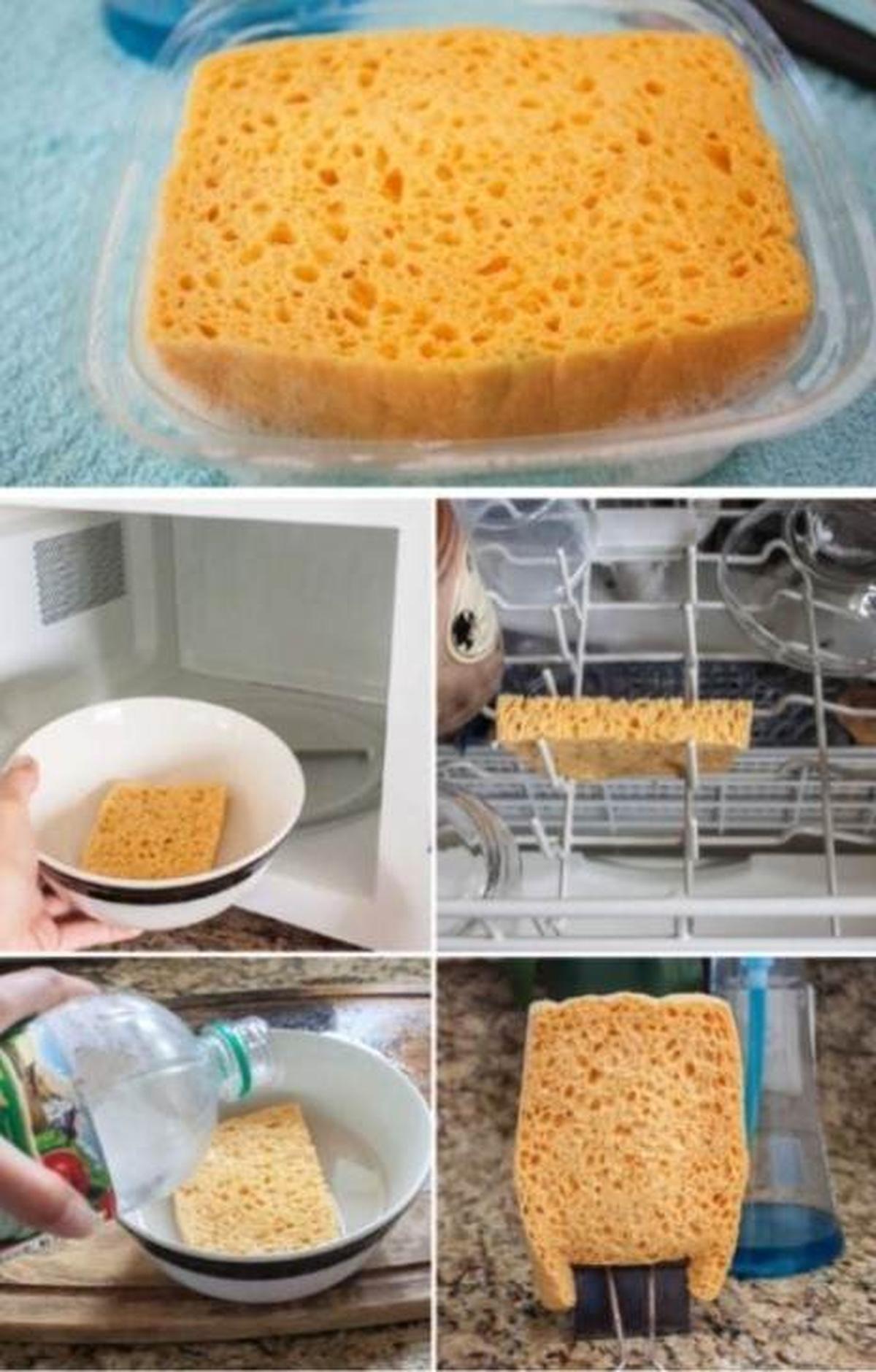
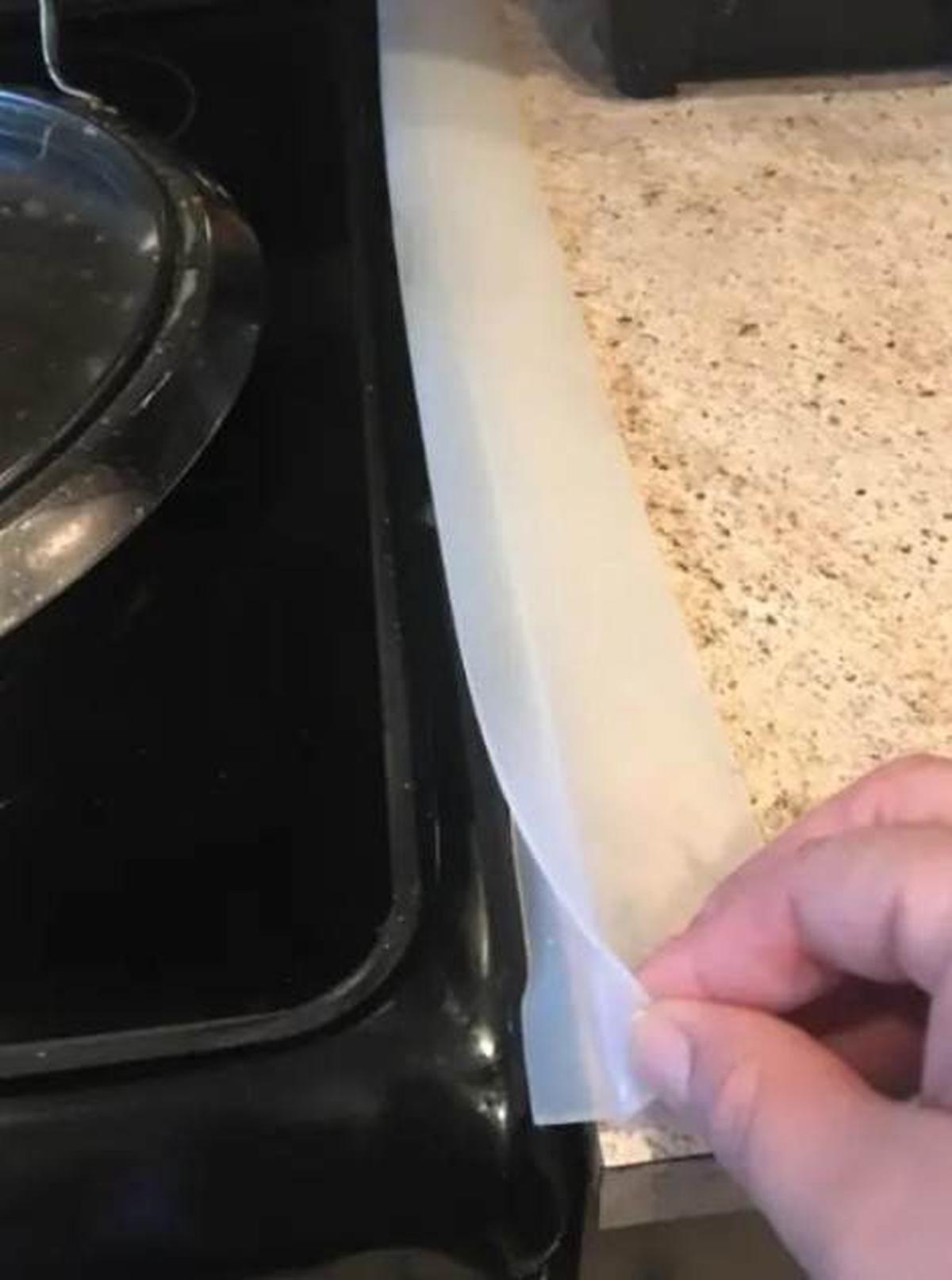
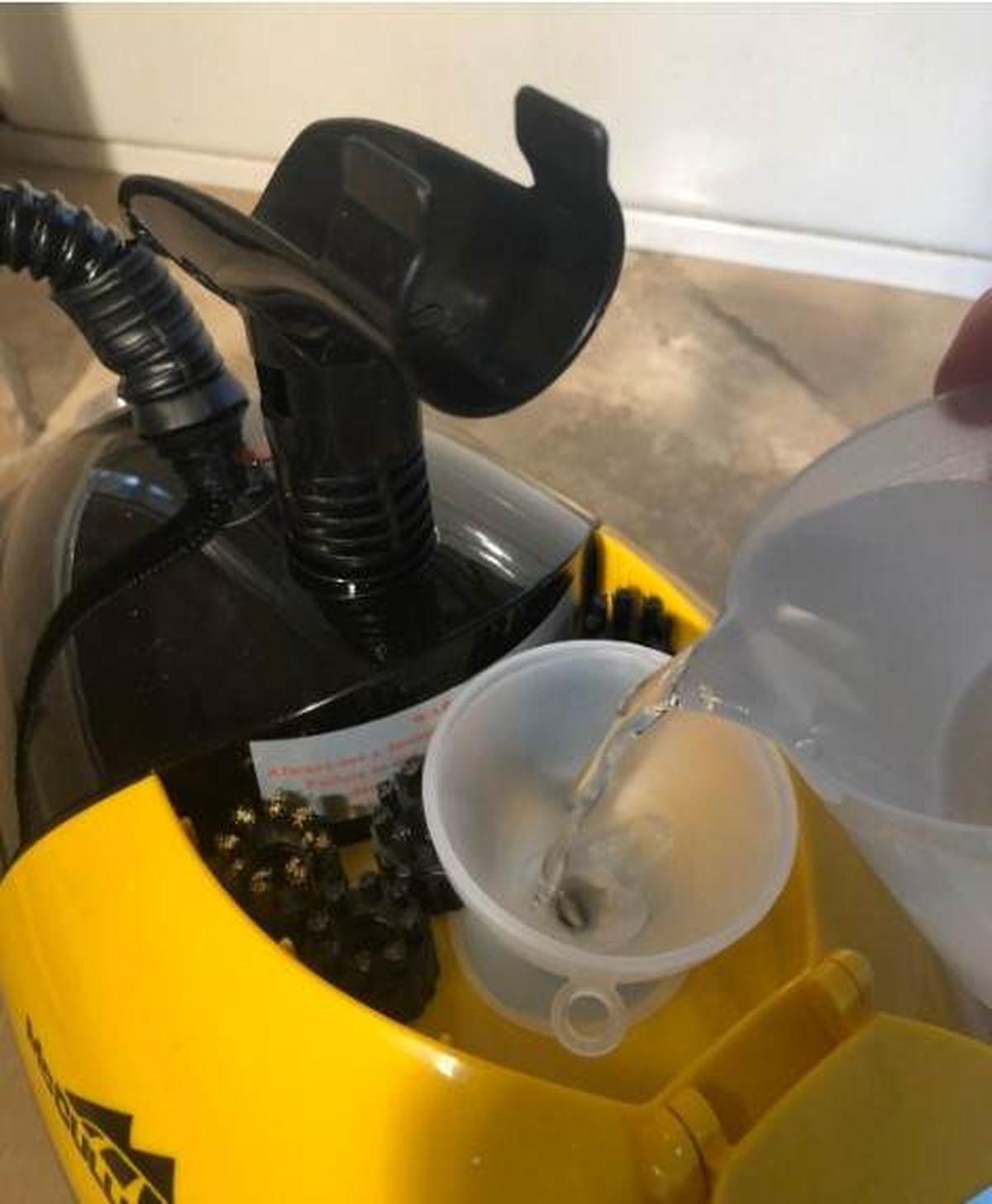
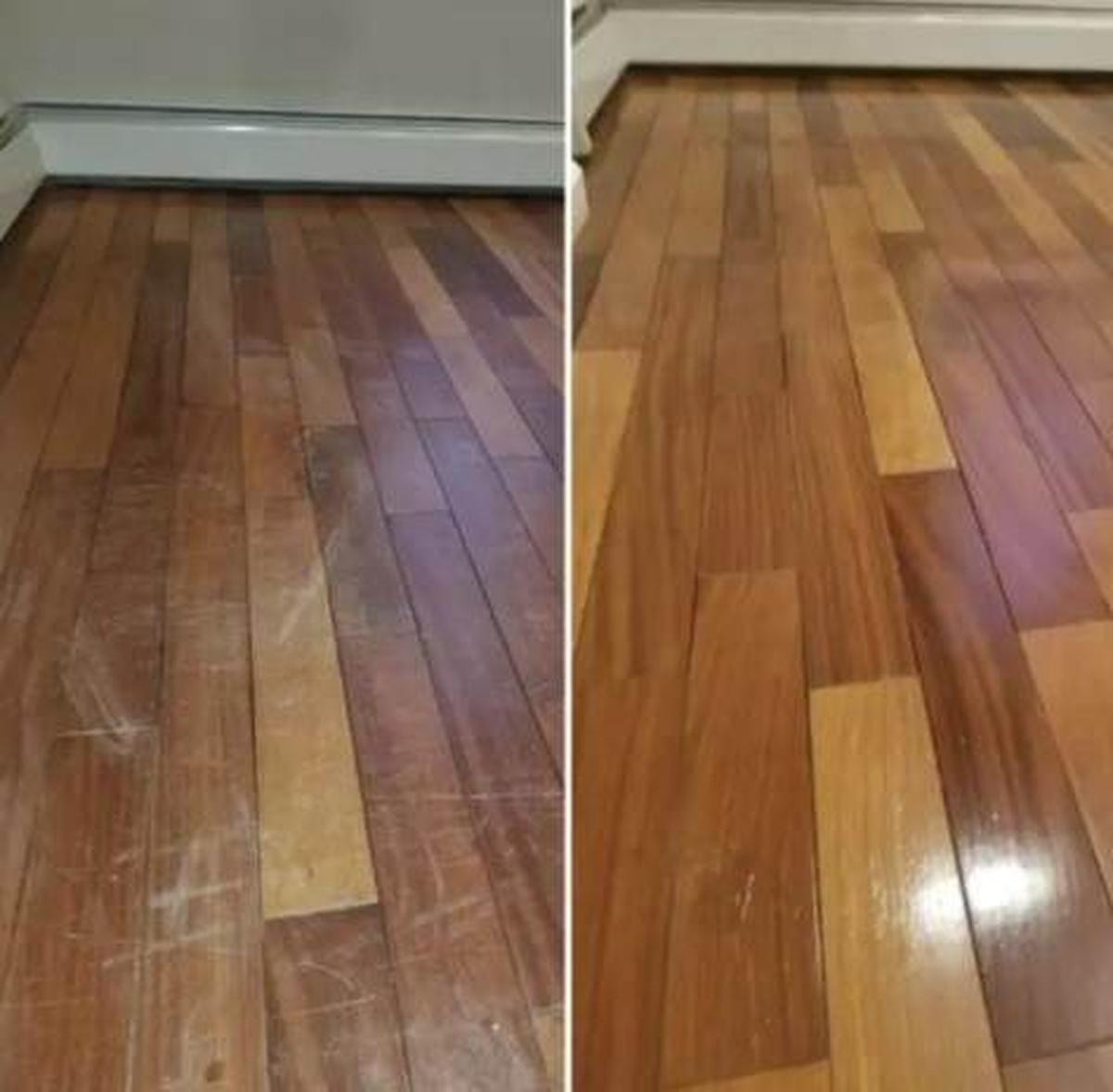
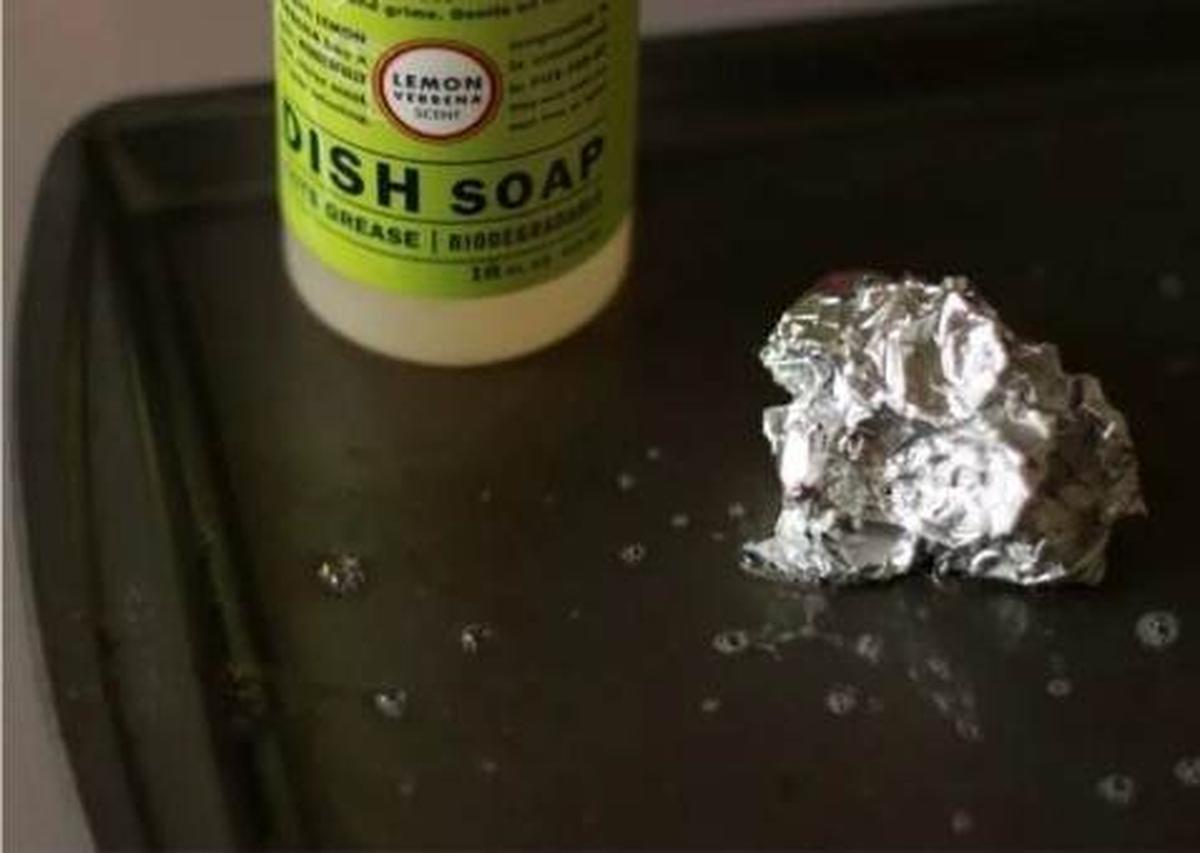
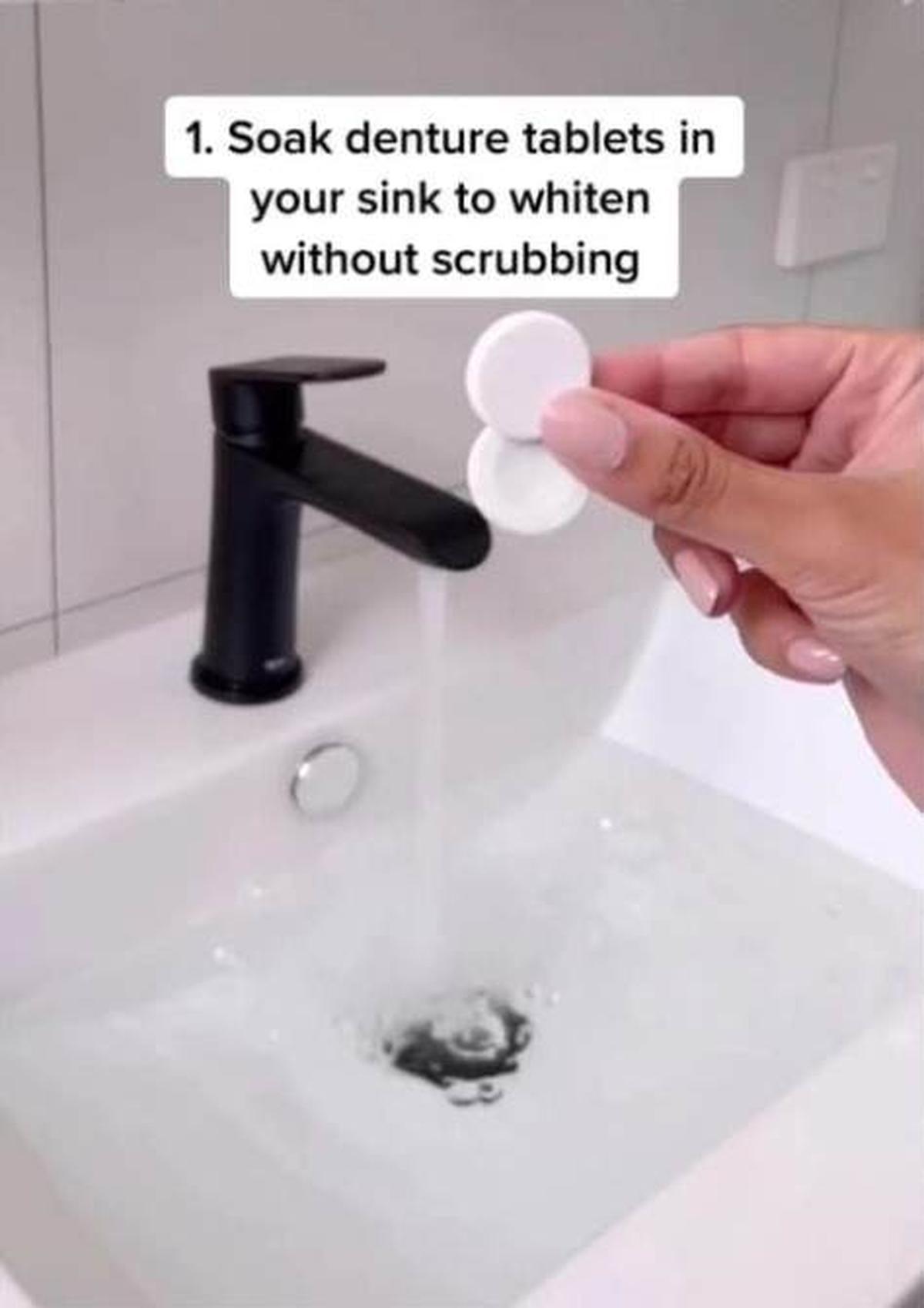
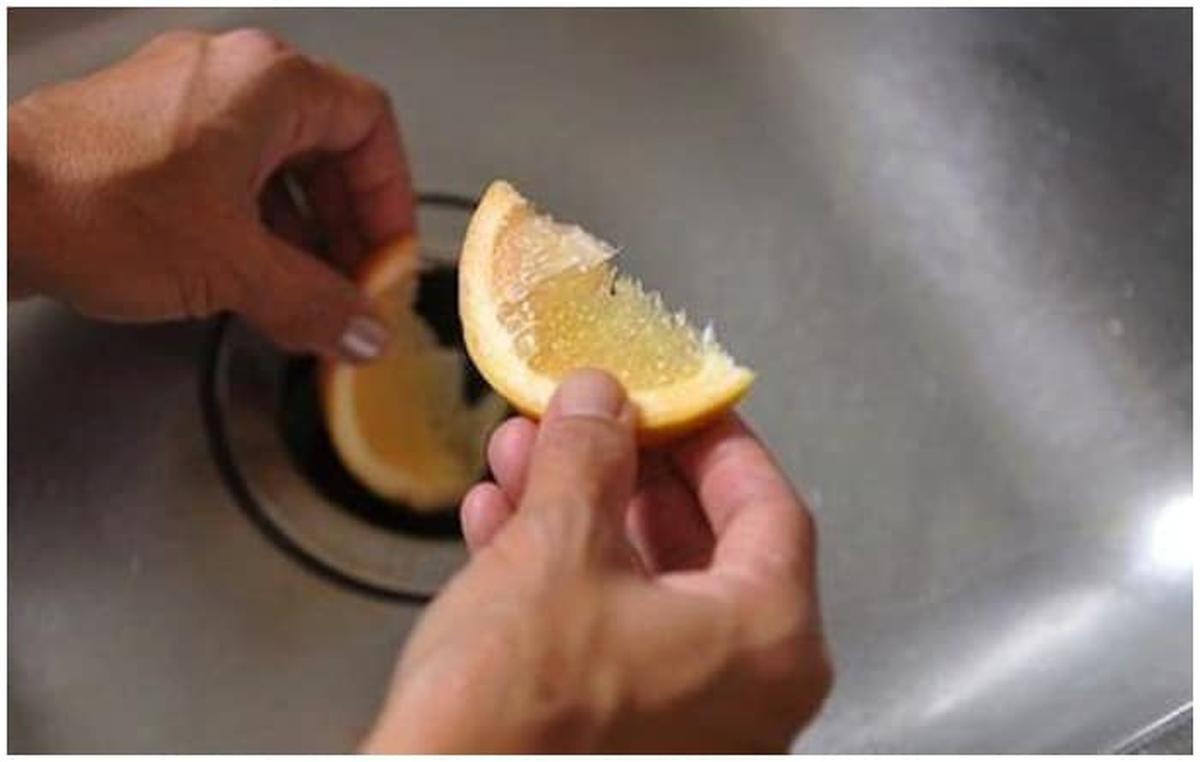
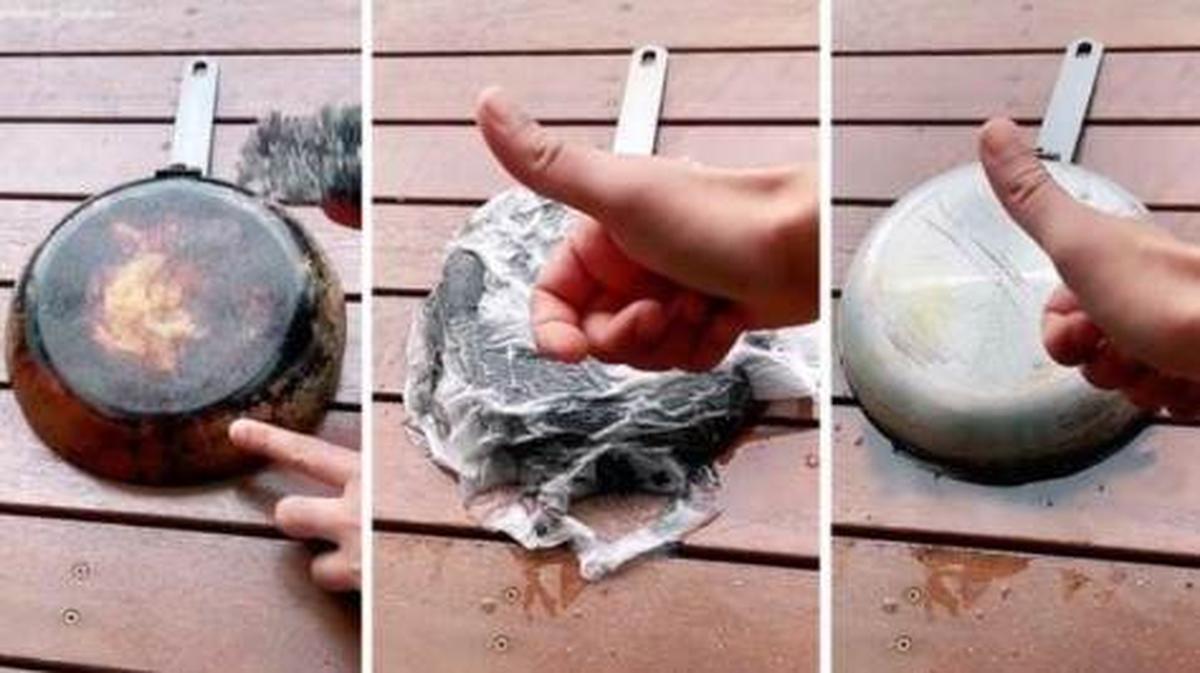
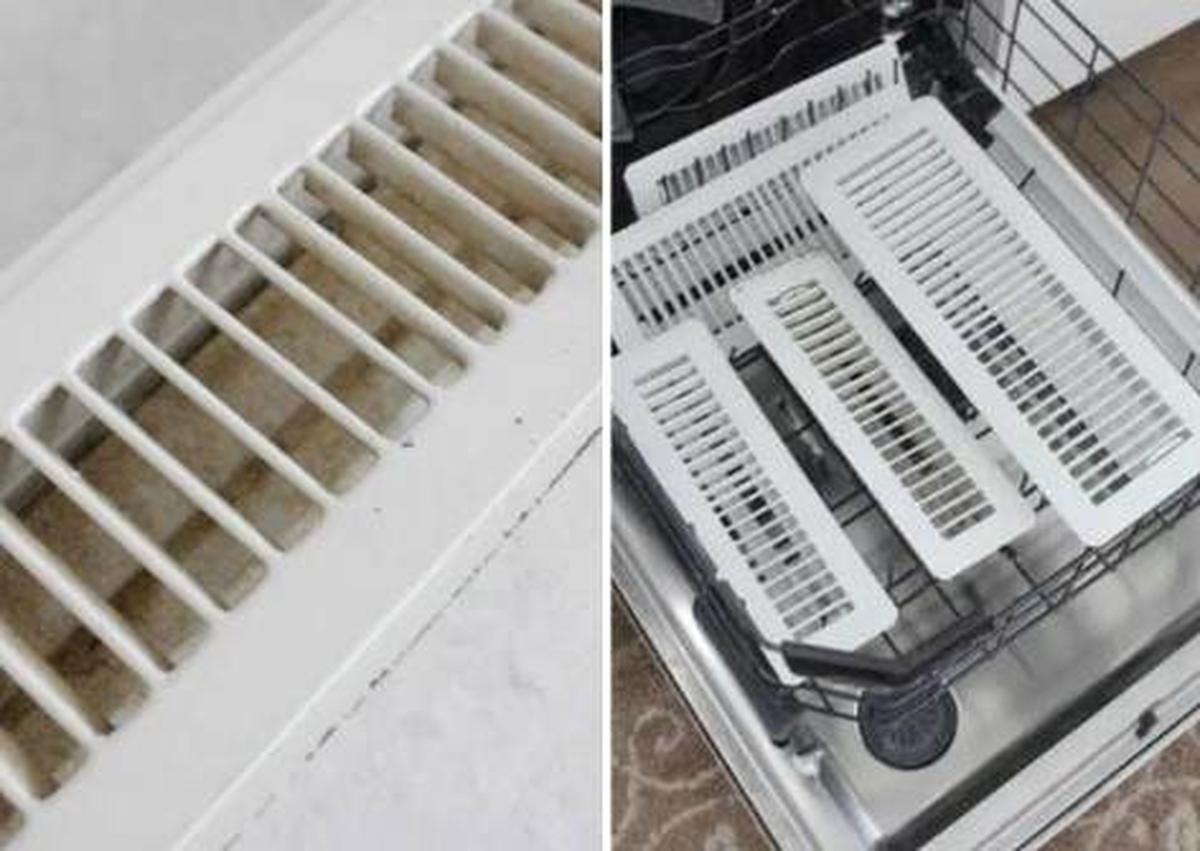
James Turner
Founder & Lead Designer
Expertise
Interior Design, Sustainable Design Practices, Spatial Planning, Innovative Material Applications, Contemporary Art Techniques, Visual Communication, Multimedia Artistry, DIY Design and Home Projects, Eco-Friendly Living Spaces, Creative Solutions
Education
University of Cincinnati College of Design, Architecture, Art, and Planning (DAAP)
Columbus College of Art & Design (CCAD), Columbus, OH
James Turner is the founder and lead designer at Velocity Art and Design. He studied Interior Design at the University of Cincinnati, focusing on eco-friendly design and smart use of space.
Later, he expanded his artistic skills with a Fine Arts Certificate from the Columbus College of Art & Design, where he learned about modern art and visual storytelling.
With over 10 years in design, James is passionate about making spaces that are both beautiful and practical. He shares his DIY tips and creative ideas to inspire others to explore their own creativity and transform their living spaces.